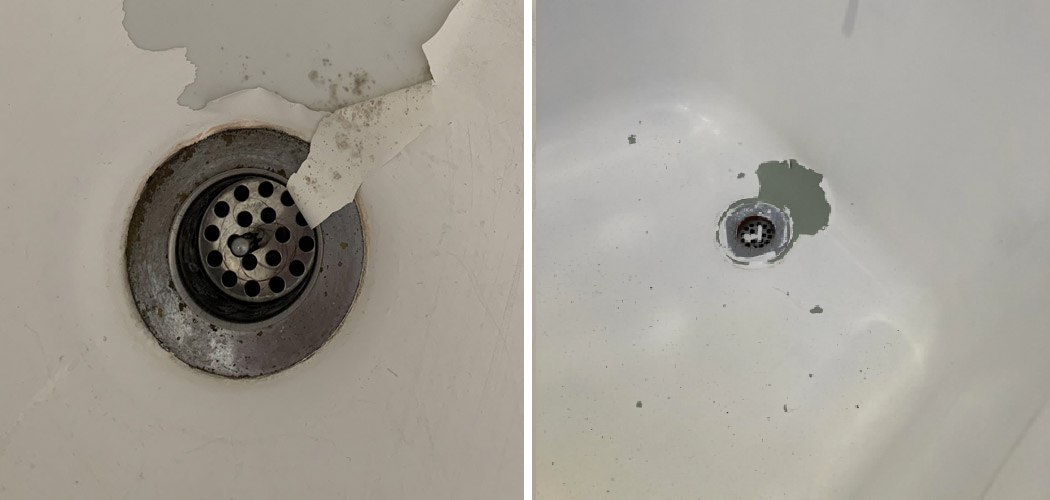Is your bathtub looking worse for wear? If you’ve noticed that the bathtub in your bathroom is beginning to peel or chip, then don’t despair; it’s easily fixed! Peeling paint can spell disaster for a previously perfect bathroom interior – not to mention it’s a health hazard if paint particles end up in the water.
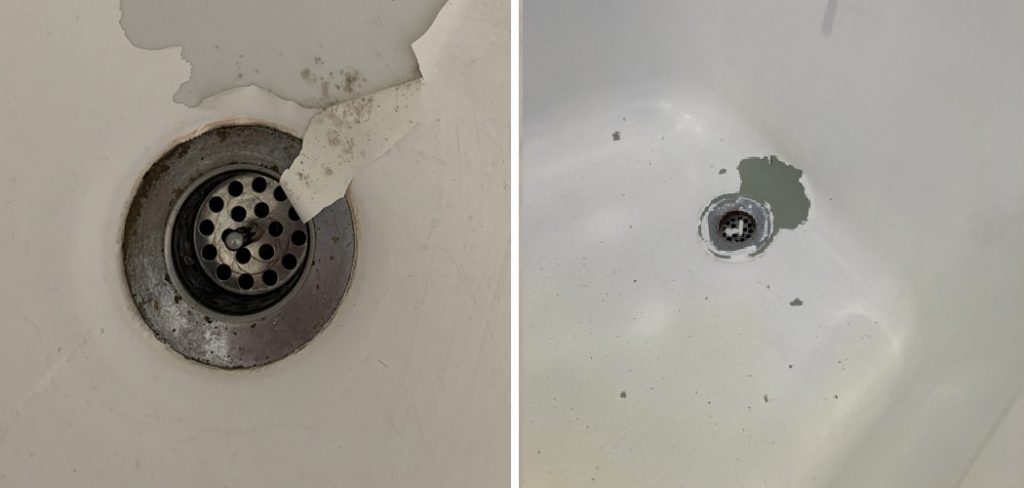
Repainting is one option, but thankfully it isn’t the only one. Applying an epoxy-based paint and sealer to a peeling bathtub can restore its original beauty.
In this blog post, we’ll explore some ways how to fix a peeling bathtub without spending hundreds of dollars on home renovations – from DIY fixes to professional polishing techniques. You’re sure to find something that works for you! So don’t spend another day living with an ugly bathtub; read on and take the first step towards restoring your bathroom today.
With just a few tools and supplies available at most hardware stores, you’ll be well on your way to having a good-looking bathtub again!
Why Causes Bathtub to Peel?
1. Water Damage
A peeling bathtub is usually caused by water damage; over time, moisture can seep into the tub’s surface and cause it to start flaking away. In some cases, improper cleaning or sealing techniques can also lead to paint chips and flakes. If you’re not sure what exactly has caused your bathtub to start peeling, it’s best to get a professional opinion before you begin any repairs.
2. Abrasive Cleaners
Using abrasive cleaning products or harsh scrubbing techniques can cause the surface of your tub to start peeling away. It’s best to stick with milder, non-abrasive cleaners when possible – and don’t forget to rinse thoroughly!
3. Age
Your bathtub might be peeling due to age or general wear and tear. If this is the case, you’ll need to take extra care when cleaning and repairing the tub, as its surface may be more delicate.
4. Poor Installation
In some cases, the tub may have been installed incorrectly, causing it to start chipping and flaking away over time. This is especially common in older homes, so if you live in a house that’s been around for a while, it’s worth looking into.
Required Items
When it comes to fixing a peeling bathtub, there are a few items you’ll need to make sure you have on hand. These include:
- A high quality sealer or epoxy-based paint
- Sandpaper
- Paintbrush
- Drop cloths
10 Ways How to Fix a Peeling Bathtub
1. Sanding
If the paint on your tub is starting to peel, sanding can help remove any flaking and give it a smoother finish before painting. Use fine-grit sandpaper to lightly buff the entire surface, and be sure to wear gloves and a dust mask for protection. Sanding is best done outdoors, as the dust can be quite hazardous.
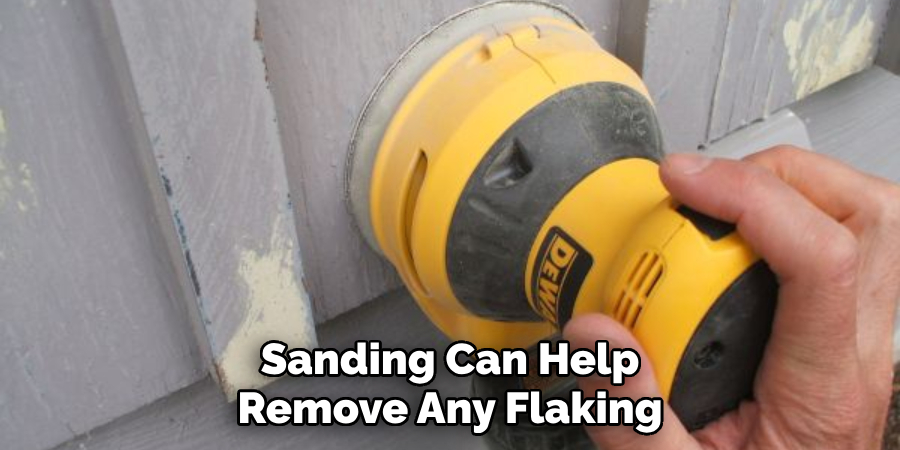
2. Cleaning
Once you’ve finished sanding, it’s time to give the tub a good cleaning. Use a mild cleaner and some warm water to get rid of any dirt or residue that might be on the surface. Once you’re done, make sure to rinse thoroughly and dry off before moving on to the next step.
3. Primer
If you want to ensure that your paint job will last, it’s important to use a primer before applying any color. A good primer will help the paint stick better and protect the surface from further damage caused by water or other elements. Make sure to wait until the primer is completely dry before continuing.
4. Painting
Now it’s finally time to start painting! When selecting a paint for the job, look for one that is specifically designed for use in bathrooms or other wet areas – this will help ensure that your new paint job won’t peel over time. Choose a color that complements the rest of your bathroom, and get ready to transform your peeling tub!
5. Sealant
When you’re finished applying the paint, it’s best to apply a sealant over the entire surface. This will help protect the paint from chipping and peeling, as well as make it easier to clean in the future. Be sure to follow all instructions on the sealant product for best results.
6. Polishing
If your bathtub still looks a bit dull after painting and sealing, you can always polish it for an extra shine. Start by using a polishing compound to remove any scratches or discoloration, then finish with a wax or sealant for added protection.
7. Filling in Chips and Cracks
If there are any chips or cracks in your bathtub, you can fill them in with a special epoxy-based filler. Make sure to read all directions before use and be careful not to overfill – otherwise, you may end up with an uneven surface.
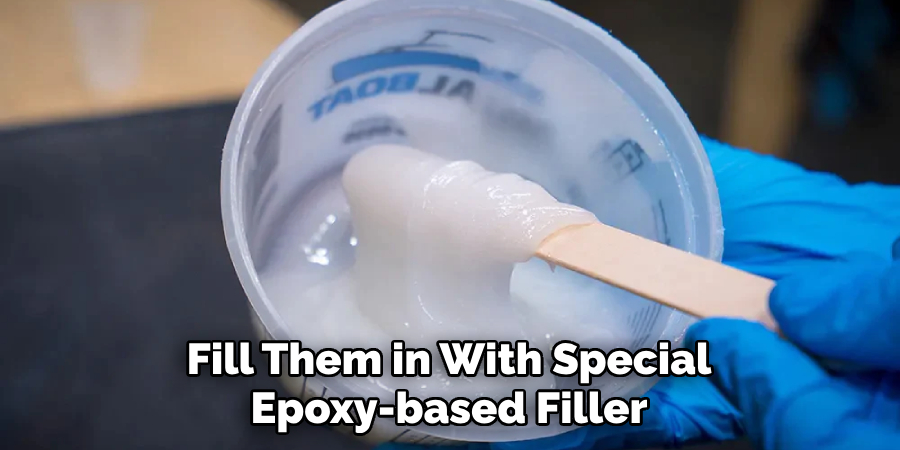
8. Professional Cleaning
If the tub is still looking a bit lackluster after sanding and polishing, then it might be time to call in a professional. A good deep-cleaning or refinishing job can make your bathtub look brand new again – and it’s usually much cheaper than replacing the entire thing!
9. Replace Seals
If your tub is looking faded around the edges, it may be time to replace the seals that are meant to protect it from water damage. This is an easy job that you can do yourself, but if you’re not confident in your skills then it’s best to call a professional.
10. Replace Bathtub
If all else fails and you’re still unhappy with the look of your peeling bathtub, then replacing it may be the only option. You can find new tubs at most home improvement stores. Just make sure to measure twice and choose a style that matches the rest of your bathroom décor.
By following these steps, you’ll be able to fix a peeling bathtub without breaking the bank – so don’t let ugly paint chips deter you from enjoying your bathroom! With just a few basic tools and supplies, anyone can restore their tub’s original luster in no time.
8 Maintenance Tips to Prevent Peeling Bathtub
A peeling bathtub is both an eyesore and a health hazard. If your bathtub has begun to peel, you may be wondering what the best way to fix it is. Fortunately, there are several steps you can take to repair and maintain your tub in order to prevent further deterioration. Here are 8 maintenance tips that will help you fix a peeling bathtub and keep it looking great.
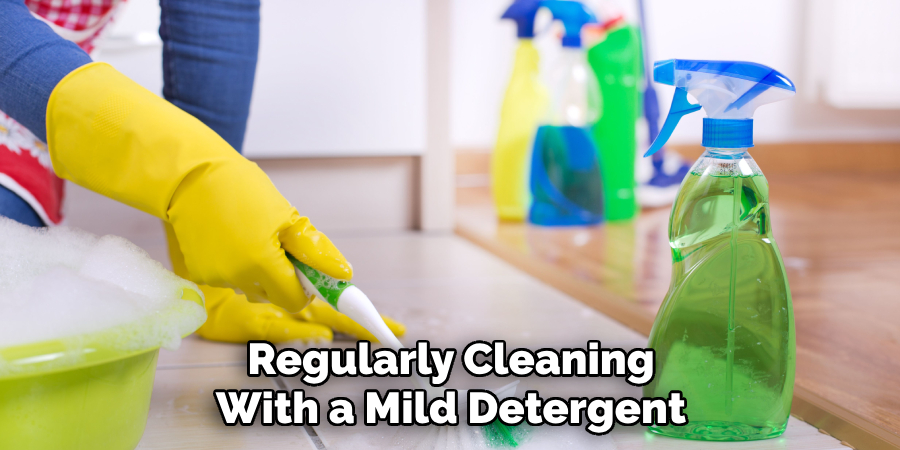
1. Regularly cleaning with a mild detergent, such as dish soap or laundry detergent, is the first step in preventing your bathtub from peeling. This will remove any dirt and grime that can accumulate over time and cause damage to the surface of the tub. Also, scrub the surface gently with a soft cloth or sponge and rinse thoroughly after cleaning.
2. After regular cleaning, consider sealing your bathtub to prevent moisture from seeping in between the walls and floor of your tub. This will help to protect the surface against water damage and peeling. Make sure you use a sealant specifically designed for bathrooms as it will be more resistant to humidity and will provide a better seal than other types of sealants.
3. Limit your use of abrasive products, such as scouring pads or steel wool, on the surface of your bathtub. These can scratch the enamel and cause further peeling over time. Instead, opt for softer cleaning methods, like using a sponge with mild detergent.
4. Avoid using harsh chemical cleaners, such as bleach or ammonia, on your bathtub as they can damage the surface and cause it to peel more quickly. Stick to gentle cleaning products instead.
5. Make sure you dry off your tub after each use, as this will help to prevent water spots and mildew from forming on the surface of your bathtub. You can also use a squeegee after each shower to help get rid of excess water.
6. If your tub is particularly prone to peeling, consider installing a rubber bathmat in the bottom of it. This will create an extra layer of protection between the surface of the tub and your feet, which will help to reduce wear and tear on the enamel.
7. If your bathtub is made of metal, it’s important that you avoid using cleaners with a high acid content, as these can corrode the surface of the tub and cause further damage over time. Stick to mild detergents instead.
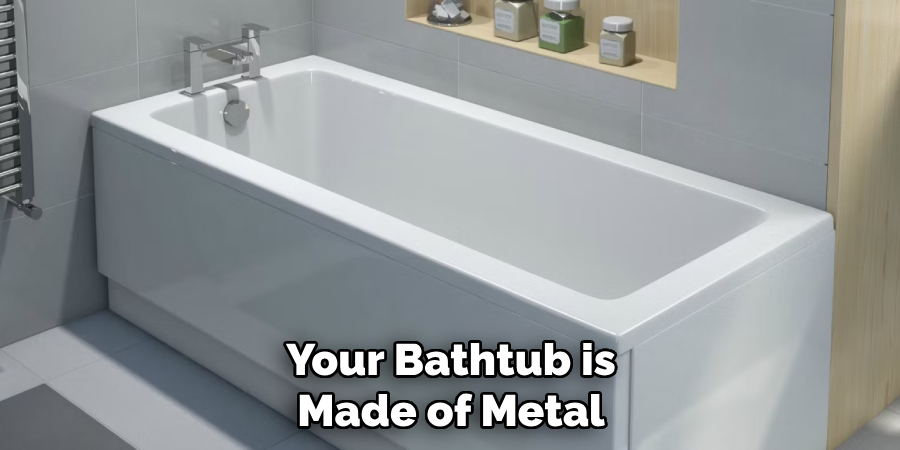
8. Finally, consider applying a clear coat of paint or sealant to protect against further peeling and corrosion. Make sure you choose a product specifically designed for bathtubs, as this will ensure the best protection.
Conclusion
Overall, fixing a peeling bathtub is not difficult and doesn’t have to be expensive. You can either repair the existing tub surface or give it a facelift with an inexpensive paint job.
Regardless of what you decide to do, make sure you use the proper surface preparation technique and properly manufacture recommended products for the best results. Doing so will ensure that your bathtub will last for many years to come!
If you ever feel overwhelmed by the task at hand, don’t hesitate to reach out for professional help. With some expertise and elbow grease, your dilapidated bathroom can quickly become as good as new again. Plus, with regular maintenance and a cleaning routine of how to fix a peeling bathtub, you can even enjoy it much more often than before!

